Top speed 510 km/h Length 23 m | Wingspan 36 m First flight October 23, 1943 | |
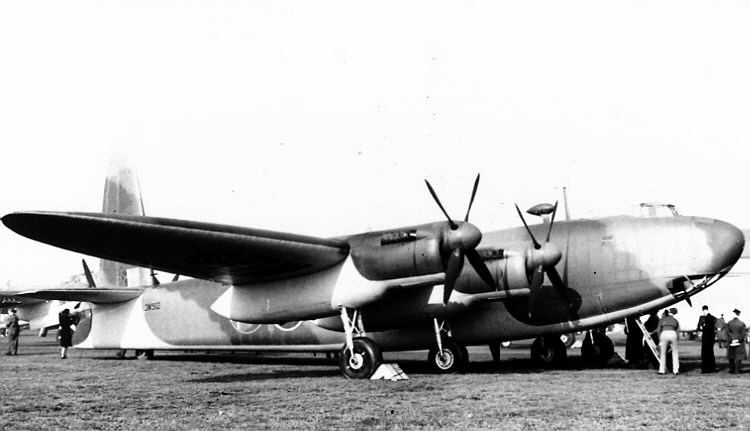 | ||
The Vickers Windsor was a Second World War British four-engine heavy bomber, designed by Barnes Wallis and Rex Pierson at the Vickers-Armstrongs factory at Brooklands.
Contents
- Design and development
- Operational history
- Variants
- Operators
- Specifications Vickers Windsor Type 447
- References
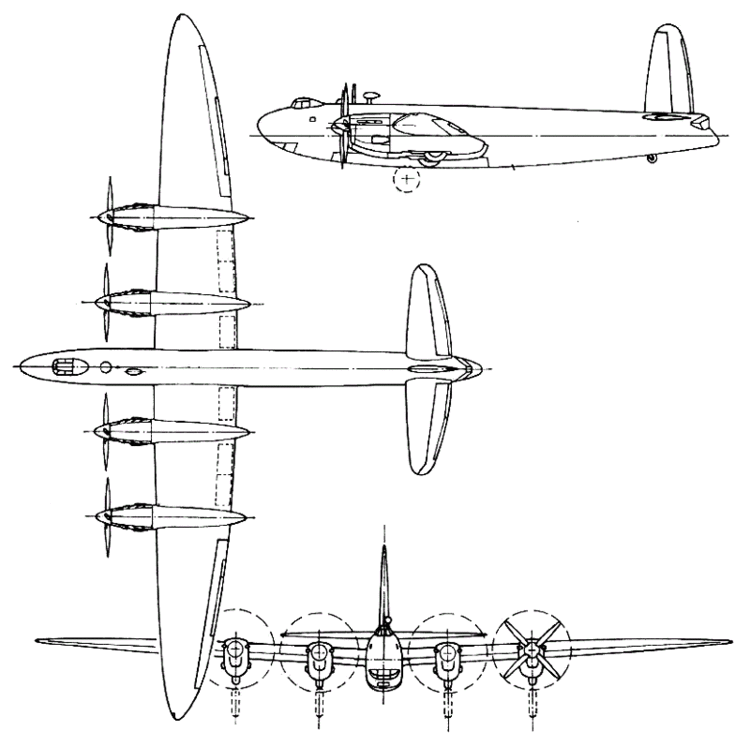
Design and development
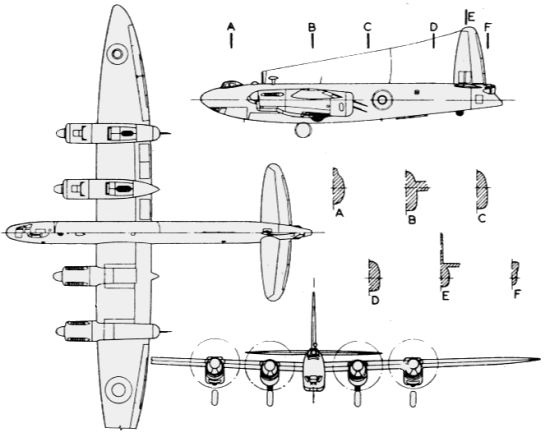
As a possible replacement for the pre-war Vickers Wellington medium bomber, Vickers had proposed a series of designs. The first, to meet the same specification as the Bristol Buckingham and Air Ministry Specification B.11/41, was for a high speed twin-engined medium bomber, with remote controlled turrets in engine nacelles and guns in the nose. This was considered to be neither fast enough to be a fast bomber nor well armed enough to be a normal medium bomber. A four-engined development of the same design was also drawn up. The official position was that the Wellington was becoming obsolete but as the Vickers factories were set up only for geodesic construction any design would need to be based on that method. Vickers were working on a Wellington with a pressurised cabin for high altitude work and the Ministry was interested in a pressurized version of Warwick; this was supported by Lord Beaverbrook. The proposed design changed the twin-engined Warwick wing for an elliptical wing with four Merlin engines. The aircraft was expected to manage 43,000 ft (13,000 m) having delivered 8,000 lb (3,600 kg) of bombs. The contract for two prototypes of the Warwick was covered by Specification B.5/41 and development and construction work proceeded until September 1942. In mid-1942, the Wellington replacement and B.5/41 were merged as a result of a new specification - B.3/42 - for a Lancaster replacement but without high altitude performance. Vickers could take the work already done along and fit the four-engine wing to a new design of fuselage and a contract was raised for what would become the Windsor. The wings of the first prototypes were built to the earlier specification and so had lower weight limits imposed.
The Windsor was designed to Air Ministry Specification B.5/41 (later modified to Spec. B.3/42) for a high-altitude heavy bomber with a pressurised crew compartment, and an ability to fly at 345 miles per hour (555 km/h) at 31,000 feet (9,400 m).
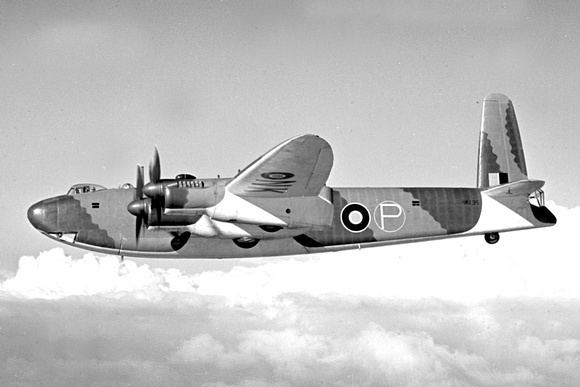
Notable features of the Windsor included its pressurised crew compartment. To spread the load across the elliptical planform high aspect ratio wings, the undercarriage was of four mainwheel oleo struts - one in each engine nacelle - with a single balloon-tyred wheel on each. The defensive armament was guns mounted in barbettes at the rear of each outboard nacelle, which were to be remotely operated by a gunner in a pressurised compartment in the extreme tail.
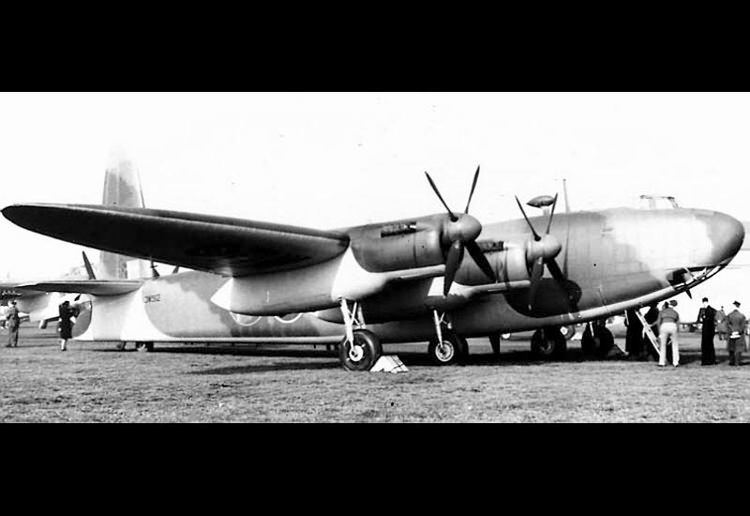
The Windsor used Wallis's geodetic body and wing structure that Vickers had previously used in the Wellesley, Wellington and Warwick bombers.
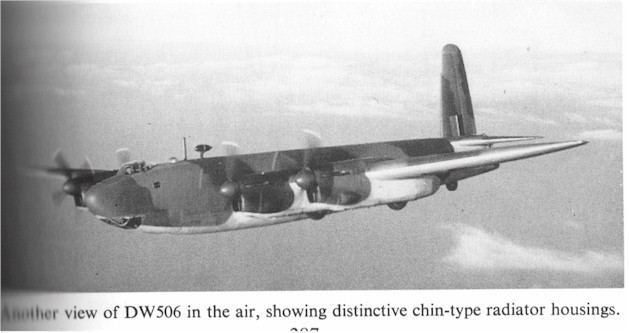
The wings' structure had no spars. Instead, it was a single hollow geodetic tube from tip to tip, passing through the fuselage truss. To better resist the compression and tension efforts, the elements were assembled at 16 degrees next to the root, reverting to the more conventional ninety degrees on the tips, longitudinal elements locking everything in place. The elements' thickness was also reduced towards the tips. No two joints had the same angle on the wing, an authentic production engineer's nightmare. Instead of doped Irish linen covering used on the earlier geodetic aircraft, a stiff and light skin was used on the Windsor. This was made from woven steel wires and very thin (1/1000 inch thickness) stainless steel ribbons, doped with PVC or other plastic, specially designed to avoid ballooning. To properly fit the skin to the frame, a tuning fork had to be used.

The wing was designed so that the tips had a noticeable droop on the ground, but was straight in flight, so the skin had to be fitted tighter on top than on the bottom to be evenly tight in flight.
Operational history

Only three examples (the original plus successive prototypes known as Type 457 and Type 461) were built. This was due to refinements in the existing Lancaster bomber, rendering it suitable for the role for which the Windsor had been designed. The first prototype flew on 23 October 1943, the second on 15 February 1944, and the third on 11 July 1944. All three were built at Vickers' secret dispersed Foxwarren Experimental Department between Brooklands and nearby Cobham. The two latter prototypes were tested till the end of the Second World War, when further development and production were cancelled.
Variants
Operators
Specifications (Vickers Windsor Type 447)
Data from Vickers Aircraft since 1908
General characteristics
Performance
Armament
